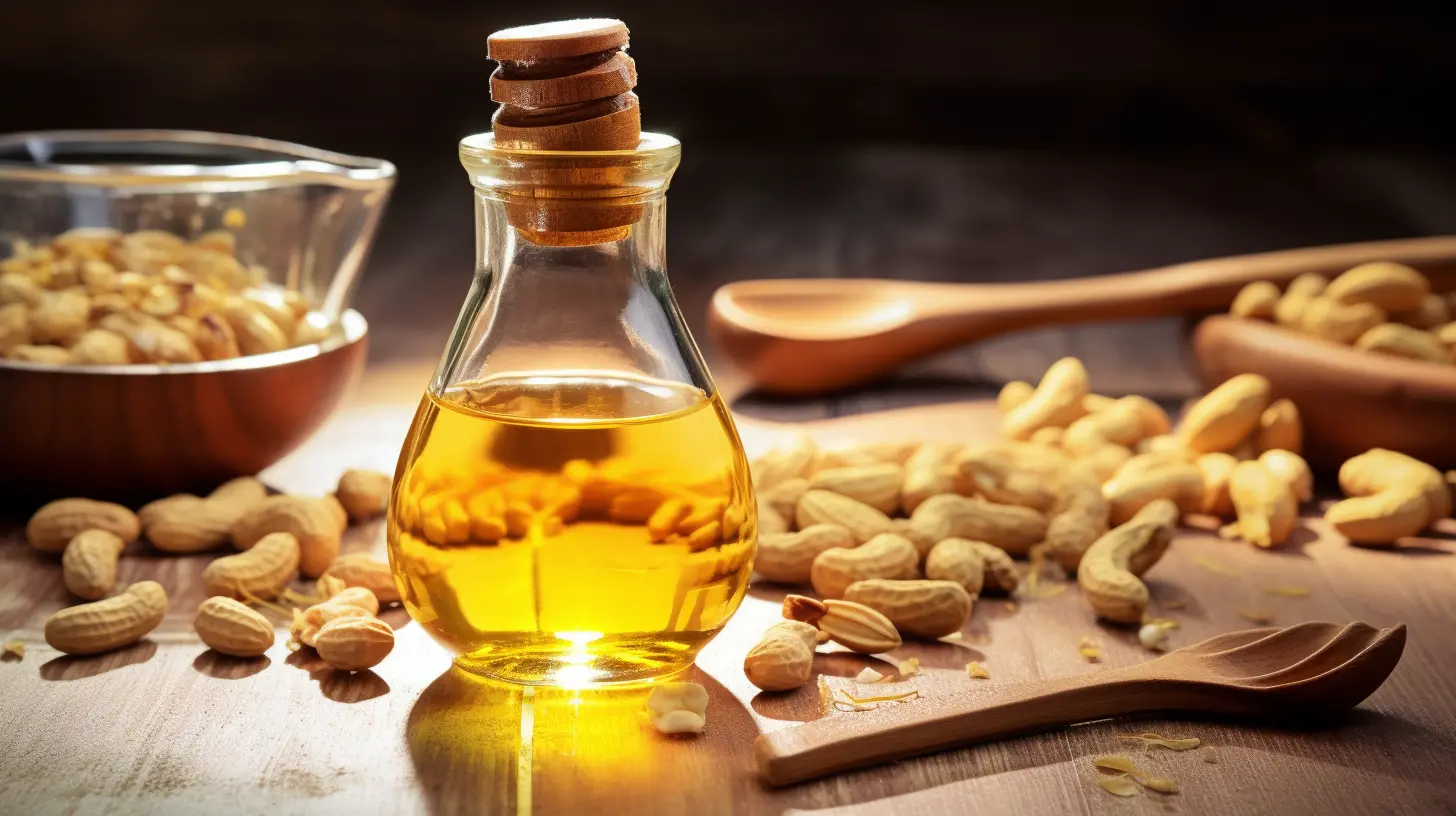
Peanut oil is a staple in kitchens around the world, valued for its rich flavor and high smoke point. In this article, we will take you on a fascinating journey from the peanut fields to your dining table, exploring the meticulous process of peanut oil production.
The journey begins with the shelling of peanuts. Modern shelling machines can process a large quantity of peanuts efficiently. For example, a medium - sized shelling machine can shell up to 1000 kilograms of peanuts per hour. After shelling, the peanuts are ready for the next step.

There are two main methods of extracting peanut oil: hot - pressing and cold - pressing. Hot - pressing involves heating the peanuts to a temperature of around 120 - 130 degrees Celsius. This method can achieve a higher oil yield, usually around 40 - 45%. Cold - pressing, on the other hand, is done at a lower temperature, below 60 degrees Celsius. Although the oil yield is relatively lower, around 30 - 35%, cold - pressed peanut oil retains more nutrients and has a more natural flavor.
| Pressing Method | Temperature | Oil Yield | Nutrient Retention |
|---|---|---|---|
| Hot - Pressing | 120 - 130°C | 40 - 45% | Relatively Low |
| Cold - Pressing | Below 60°C | 30 - 35% | High |
Before pressing, the peanuts need to be cleaned to remove impurities such as sand, stones, and dust. They are then pre - treated to improve the oil - extraction efficiency. This may include roasting or conditioning the peanuts.
Cooking the peanuts at the right temperature is crucial. If the temperature is too high, it may damage the nutrients in the oil. The ideal cooking temperature is around 110 - 120 degrees Celsius. Crushing the peanuts into smaller particles can also increase the oil - extraction rate. A well - crushed peanut can increase the oil yield by about 3 - 5%.
After crushing, the peanuts are sent to the oil - extraction machine. The extracted crude oil then goes through a refining process, which includes degumming, deacidification, decolorization, and deodorization. This process can remove impurities and improve the quality and stability of the oil.
The oil cake left after oil extraction is not wasted. It can be used as animal feed or fertilizer. Many oil - production companies are committed to environmental protection and resource recycling, making the production process more sustainable.
In conclusion, the production of peanut oil is a meticulous process that involves multiple steps. Our company adheres to strict quality control standards at every stage, ensuring that you receive high - quality peanut oil. We invite you to join our global network of satisfied customers. Contact us today to place your order and experience the excellence of our peanut oil!
Click the button below to get in touch with us and start your peanut oil procurement journey!
Contact Us Now
